The 1970s were truly a different era when it came to romance and courtship. Long before dating apps and instant messaging, singles navigated a social landscape with unwritten rules that seem downright bizarre by today’s standards. Whether you were hitting the disco floor in platform shoes or arranging a meetup at the local malt shop, these dating customs were simply the way things were done—no questions asked.
1. The Three-Day Calling Rule
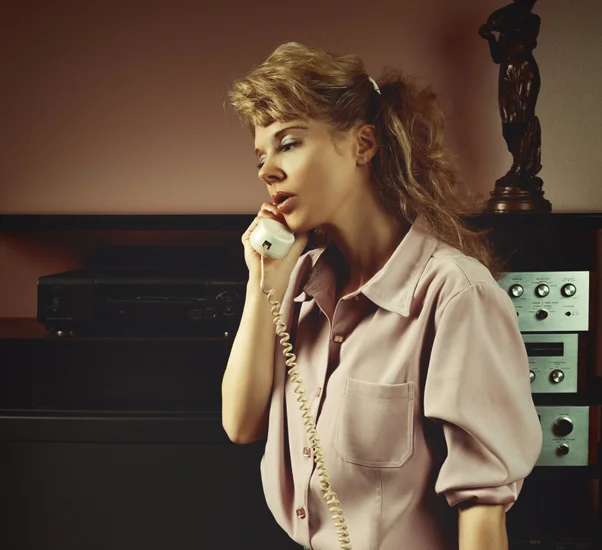
Remember when you had to wait exactly three days before calling someone after getting their number? This unspoken rule was treated like gospel, with everyone believing that calling too soon would make you appear desperate, while waiting too long might signal disinterest. Friends would literally count the days with you, offering stern warnings if you reached for the rotary phone too early. Fashion Journal explores how following this advice can literally transform the way lovebirds may date, for the better.
Phone calls themselves were nerve-wracking public events, often taking place in the kitchen with family members wandering in and out as you tried to sound cool and collected. The shared family line meant siblings might be listening in on extensions, and parents could pick up at any moment to make an important call, abruptly ending your carefully planned conversation. The pressure of performing under such conditions makes today’s texting anxiety seem trivial by comparison.
2. Meeting Parents on the First Date
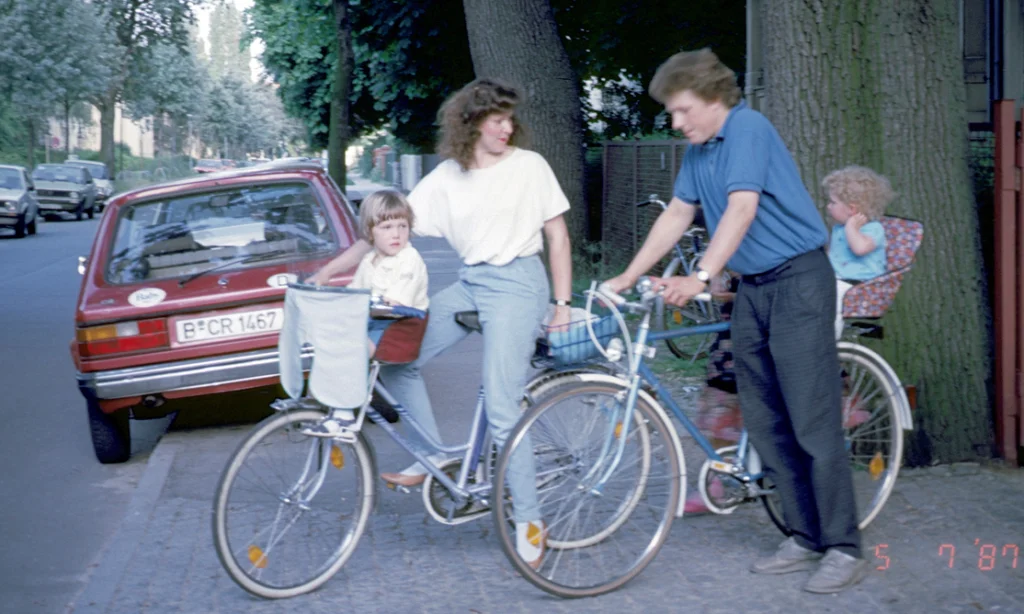
First dates commonly began with the awkward ritual of meeting your date’s parents in their living room before heading out. You’d sit stiffly on the edge of the sofa, answering questions about your family, school, and future plans while your date squirmed beside you. Fathers would often deliver thinly veiled warnings about having their children home by curfew, complete with meaningful glances that left little to interpretation. These days, as written by Zoosk, the exact date number to do this depends on a lot of things.
The parental interrogation was so routine that magazines regularly featured tips on “How to Impress His/Her Parents” alongside dating advice. Young people developed scripted responses and practiced their most respectful tone of voice, knowing that parental approval could make or break romantic prospects. This gauntlet of parental scrutiny seems inconceivable to today’s youth, who might not introduce partners to family until months into a relationship.
3. Men Always Paid—No Exceptions

The bill at the end of the evening came with absolutely no ambiguity about who would handle it. Men were expected to pay for everything—dinner, movie tickets, bowling lanes, gas—without the slightest hint that the woman might reach for her purse. This financial responsibility extended to carrying sufficient cash at all times, as credit cards weren’t widely used and nothing was more embarrassing than coming up short. The New York Times writes that there are some trends suggesting this practice stuck around, though things are far more variable these days than they used to be.
Women were taught that offering to pay was actually impolite, suggesting the man wasn’t capable of providing a proper evening out. The unspoken arrangement was that men controlled the financial aspects while women reciprocated by being appreciative, pleasant company, and perhaps preparing homemade treats for future dates. This rigid financial dynamic defined gender roles in relationships before “going Dutch” entered the dating lexicon in later decades.
4. Formal “Asking Out” Required
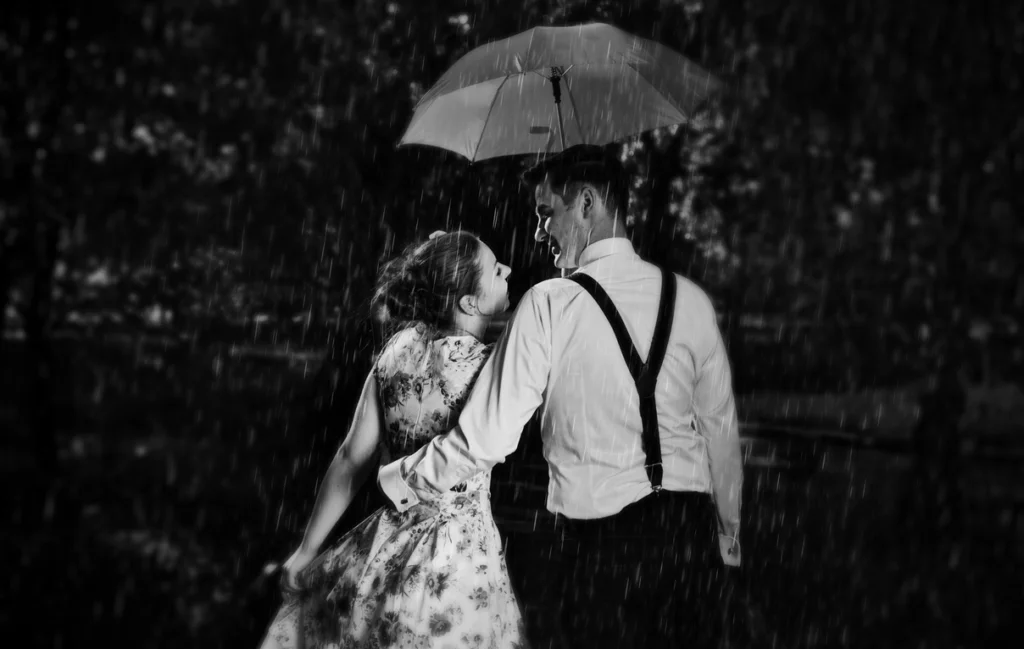
Securing a date wasn’t a casual suggestion but a formal proposition requiring courage and proper phrasing. Young men would spend days working up the nerve to call or approach a young woman with the specific question: “Would you like to go out with me Friday night?” The direct nature of the invitation left no wiggle room—it was clearly a romantic overture.
This formality meant rejections were equally clear and often painful public events witnessed by friends or classmates. There was no softening the blow through vague texts or gradually fading communication as might happen today. The clarity of the 1970s dating scene meant everyone knew exactly where they stood, for better or worse—you were either officially “going together” or you weren’t.
5. Dress Codes for Different Venues
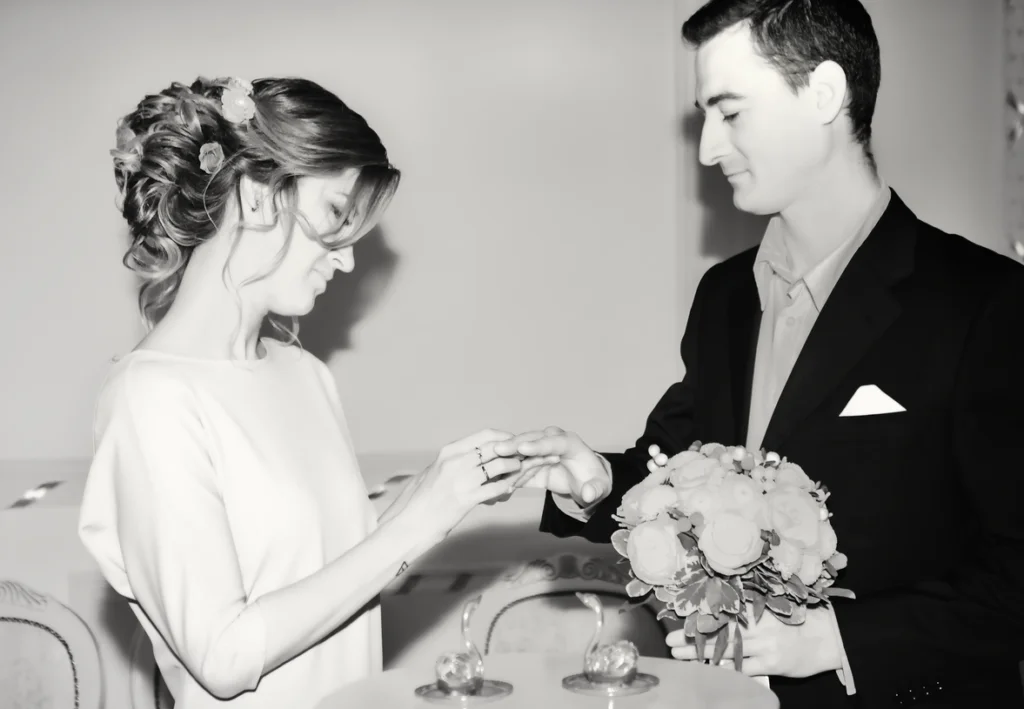
Dating attire followed unwritten but universally understood rules depending on where you were going. Movie dates required casual but neat attire, while restaurant outings called for dress slacks for men and skirts or dresses for women—jeans were considered far too casual for a proper evening out. Women’s magazines featured elaborate “Date Night” fashion spreads, advising on appropriate hemlines and accessories for different relationship stages.
Men consulted older brothers or friends about which cologne to wear and whether a sports jacket was necessary for a particular restaurant. The pressure to dress appropriately was immense, as showing up improperly attired could suggest you didn’t value the date or understand social cues. Today’s “wear whatever makes you comfortable” approach would have been considered shockingly casual and possibly disrespectful to your dating partner.
6. The Door-to-Door Service Standard
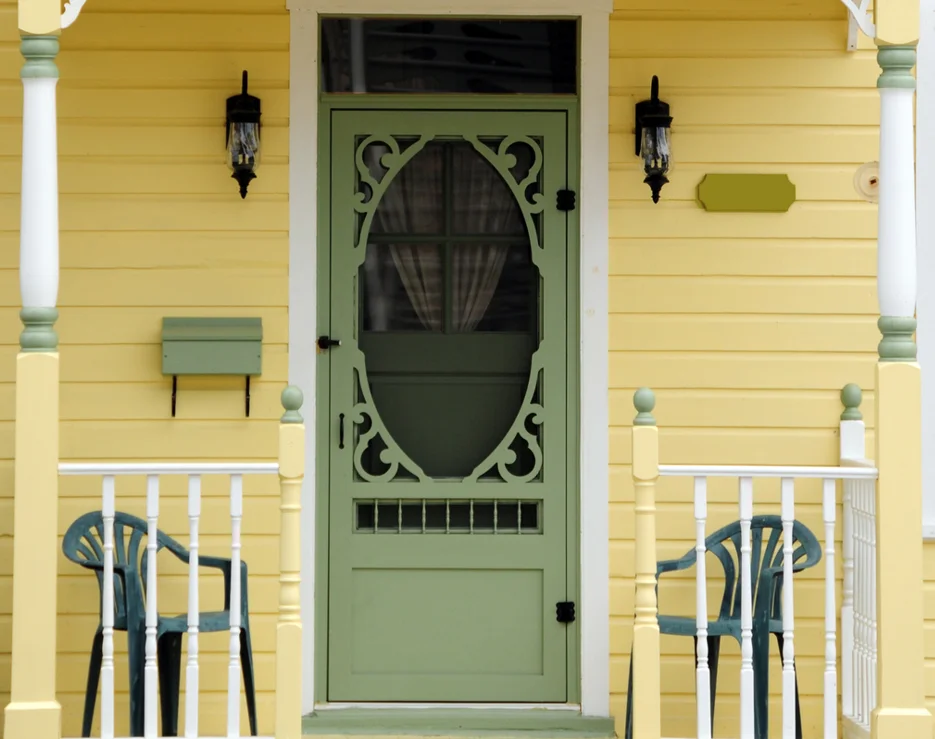
Young men were expected to provide complete transportation service, which meant walking to the door when picking up a date, not honking from the driveway or texting “I’m outside.” This ritual required facing parents each time, making small talk while your date finished getting ready, and often receiving subtle reminders about driving safely and curfew times. The car itself would be meticulously cleaned beforehand, with embarrassing items removed and perhaps a new air freshener installed for the occasion.
At the end of the evening, the same door-to-door service applied—walking her to the door, perhaps sharing a goodnight kiss if the evening had gone well, and waiting until she was safely inside before leaving. This level of formality and courtesy wasn’t considered extra effort but the bare minimum expected of any respectable date. Young men who failed to observe these protocols quickly gained poor reputations, with word spreading through social networks that they lacked proper manners.
7. No DTR (Defining the Relationship) Talks
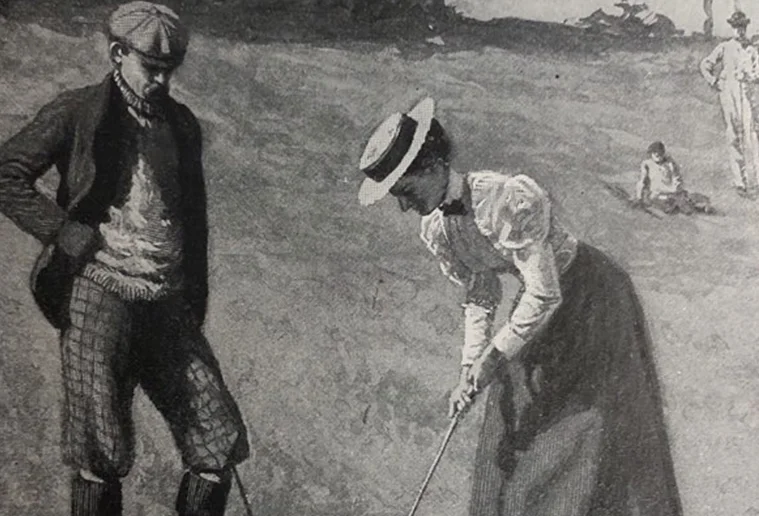
Unlike today’s focus on clear communication about relationship status, 1970s couples rarely had explicit conversations about “where things were going.” Instead, relationship milestones were marked by symbolic gestures like giving a class ring or letterman jacket, or being introduced as a “boyfriend” or “girlfriend” to family members. These unspoken signals somehow created mutual understanding without uncomfortable conversations.
Assumptions about exclusivity typically began after the third or fourth date, without anyone actually confirming this arrangement. Asking directly about relationship status would have seemed desperate or overly analytical, disrupting the natural progression that everyone was supposed to intuitively understand. Friend groups played crucial roles in interpreting signals and confirming whether you were officially “going steady,” often before the couple themselves had fully acknowledged it.
8. Chaperoned Group Dates
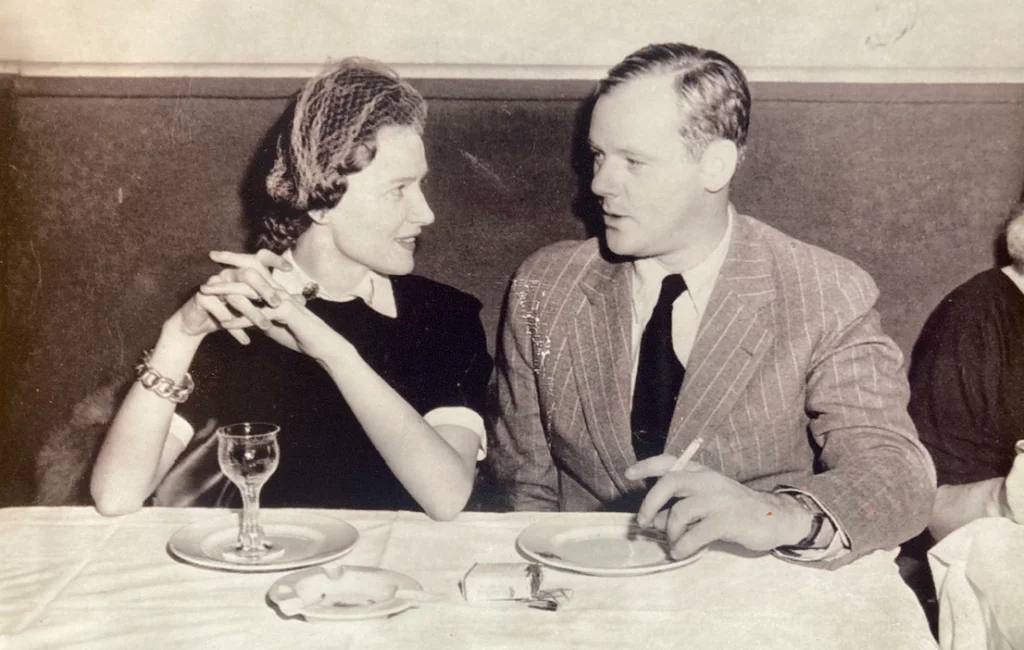
Many first dates weren’t actually one-on-one affairs but carefully orchestrated group outings designed to reduce pressure while allowing potential couples to interact. Drive-in movies with friends in the back seat, bowling alley double dates, or pizza parlor gatherings served as low-stakes environments where romantic interests could develop naturally. Parents strongly preferred these arrangements, considering them safer and more appropriate for younger daters.
The group date format created a built-in support system where friends could provide real-time feedback, rescue you from awkward conversations, or help talk you up to your crush. These outings followed their own etiquette rules—friends were expected to tactfully create moments of privacy while still remaining present enough to maintain propriety. The gradual transition from group dating to exclusive couples outings marked a significant escalation in relationship seriousness.
9. Mixtapes as Love Letters
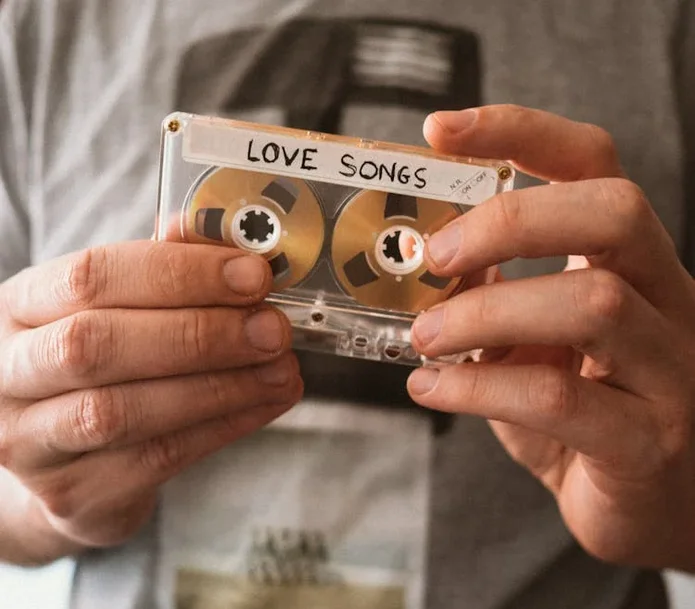
Before text messages and social media, creating a carefully curated cassette tape of songs was the ultimate declaration of romantic interest. Hours were spent selecting the perfect tracks, recording them in a meaningful sequence, and designing handwritten labels—all to communicate feelings that were too difficult to express directly. Every song choice was analyzed for its lyrics and meaning, with the mixtape creator agonizing over whether they were being too obvious or too subtle with their musical message.
The recipient would listen intensely, often with friends helping to decode the signals embedded in the song selection. Starting with friendship-appropriate songs and gradually including more romantic tracks was a strategy to test the waters without risking outright rejection. The physical object itself became a treasure, played repeatedly until the tape stretched thin, representing tangible evidence of someone’s interest and effort in a way that digital playlists simply cannot replicate.
10. Limited Communication Between Dates

Unlike today’s constant contact, 1970s dating involved significant communication blackouts between scheduled meetings. One brief phone call midweek might be acceptable to confirm weekend plans, but daily calls were considered overwhelming and potentially desperate. This created a rhythm of anticipation and reflection as couples spent days processing their last date before seeing each other again.
Absence truly made hearts grow fonder, as limited communication prevented the relationship from becoming too intense too quickly. Family members served as gatekeepers of the household phone, taking messages and sometimes screening calls in ways that added another layer of complexity to romantic connections. The anticipation of seeing someone after days without contact created a heightened emotional experience that’s rarely replicated in our era of constant digital presence.
11. Meeting Through “Proper Channels”
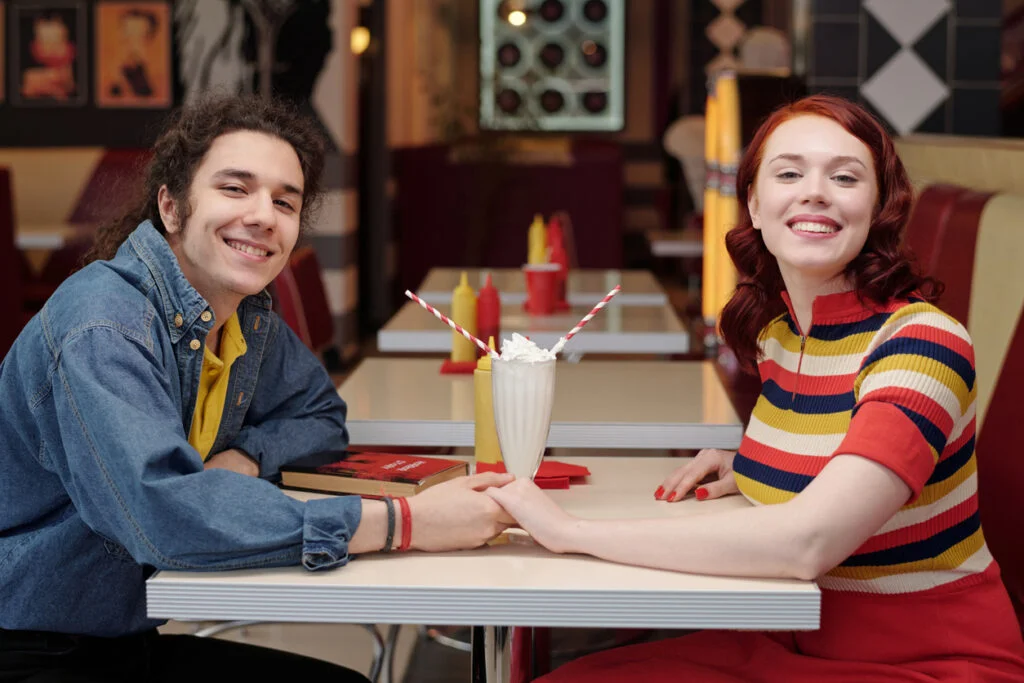
The 1970s offered limited but socially approved methods for meeting potential partners: school functions, church events, mutual friend introductions, or workplace connections. These pathways came with built-in character references and social verification that provided comfort to both parents and daters themselves. Meeting someone outside these established channels raised immediate questions about their background and intentions.
Blind dates arranged by trusted friends or family members were accepted as reasonable ways to expand social circles when organic meetings weren’t happening naturally. The arrangement came with an understood obligation to give the person a fair chance, as rejecting someone too quickly might offend the mutual connection who had vouched for them. This social accountability created a dating scene where people felt responsible not just to each other but to their broader community connections.
12. Relationship Timelines Were Predictable
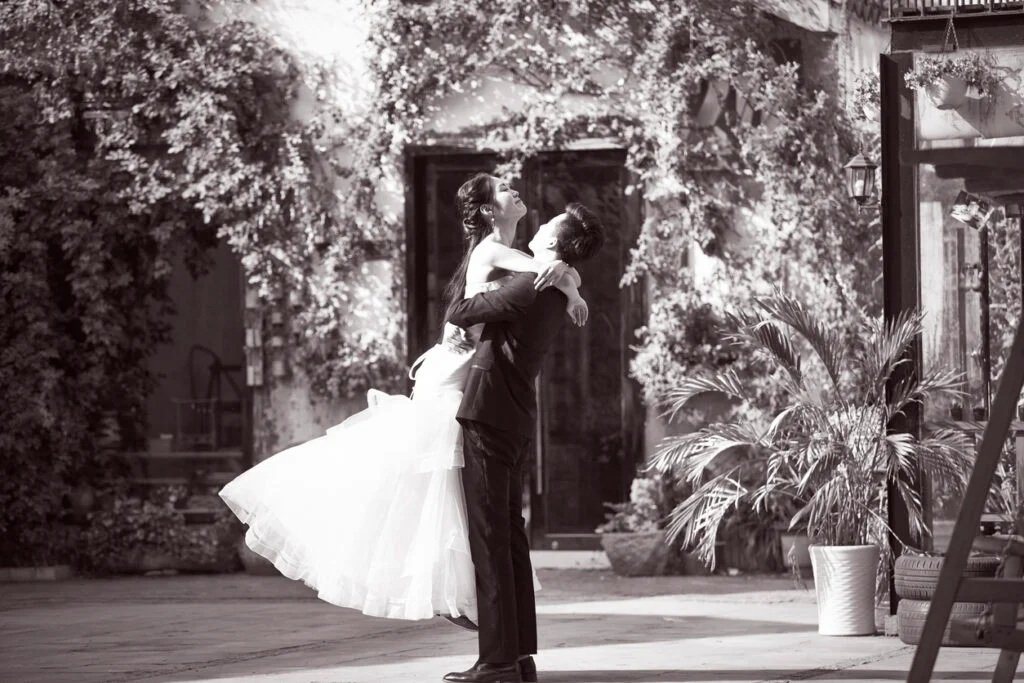
Dating in the 1970s followed a generally predictable progression that most couples adhered to without question. After approximately six months of steady dating, conversations about the future were expected; by one year, meeting extended family at holidays became the norm; and the two-year mark was widely considered appropriate timing for engagement discussions. These unwritten timelines created shared expectations that guided relationship development.
Young couples who deviated significantly from these patterns—moving too quickly or taking too long at any stage—faced questioning from concerned friends and family. High school sweethearts often became engaged shortly after graduation or during college years, with lengthy dating periods without “progress” viewed with suspicion rather than accepted as normal exploration. This schedule-driven approach to relationship milestones seems rigid by today’s standards, where couples often create highly personalized timelines based on individual circumstances.
The dating landscape of the 1970s, with its structured rituals and clear expectations, offered a certain comfort in its predictability that today’s more fluid romantic scene sometimes lacks. While many of these customs seem overly formal or even restrictive to modern daters, they provided a framework that everyone understood, reducing the ambiguity that often characterizes contemporary relationships. As we swipe through dating profiles and navigate situationships today, perhaps there’s something to be said for the straightforward nature of those bell-bottomed, disco-soundtracked dating years when everyone played by the same rulebook, however strange those rules might seem now.


